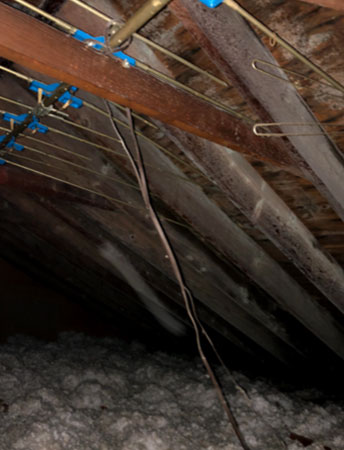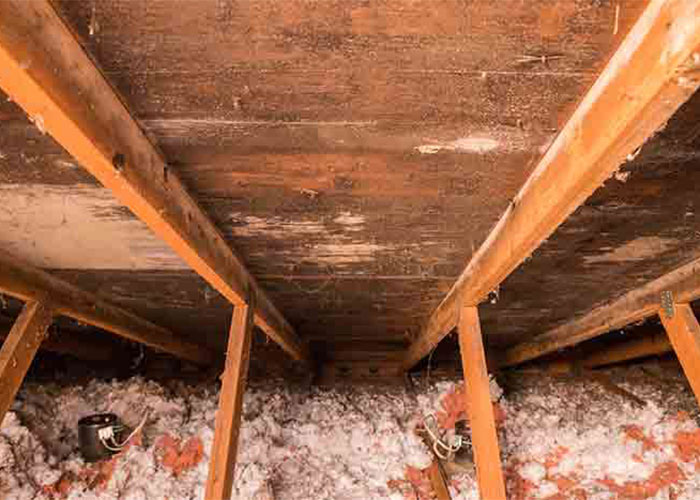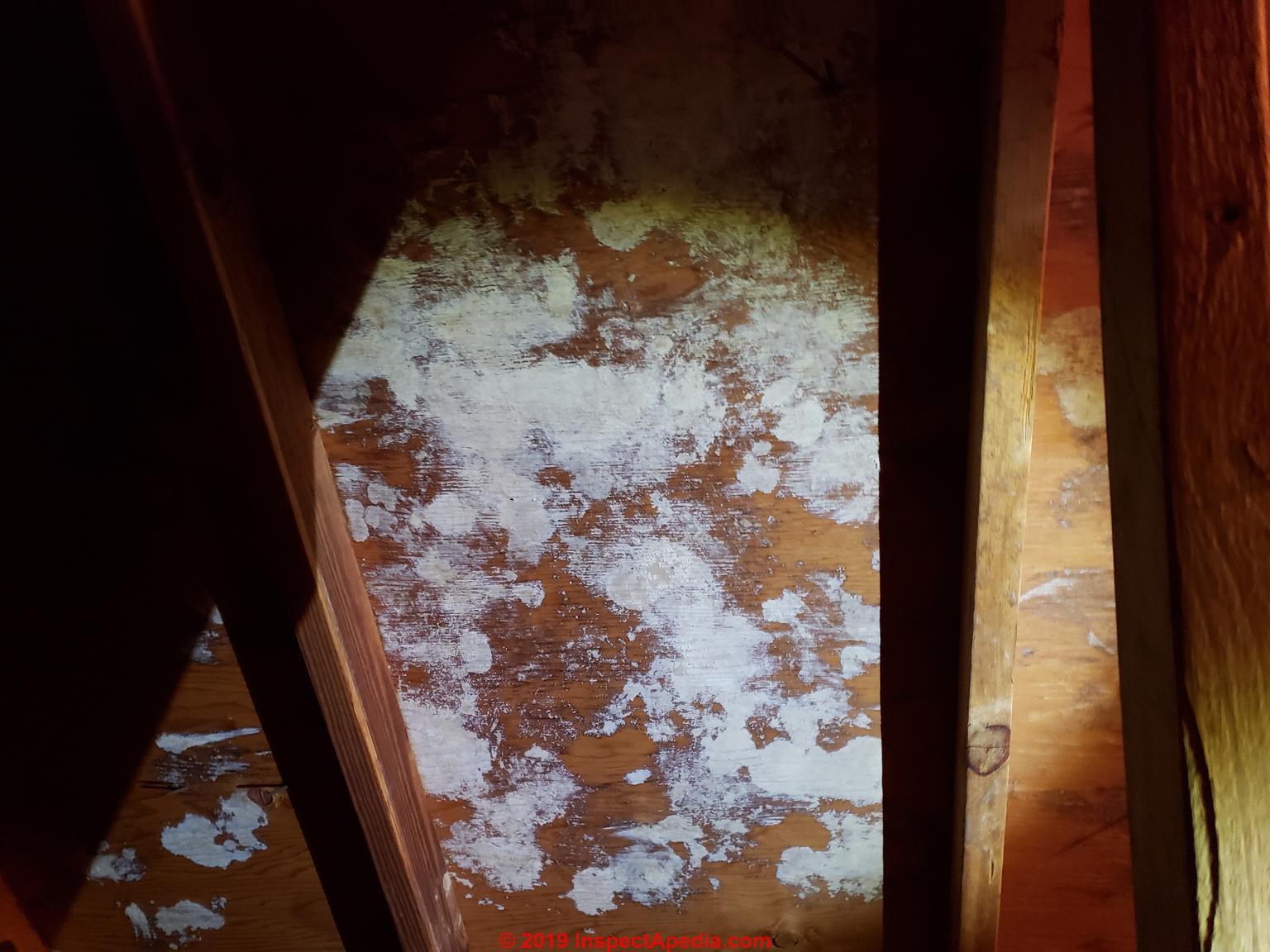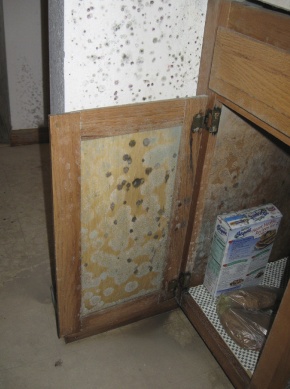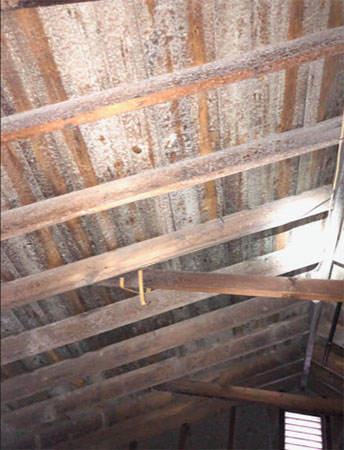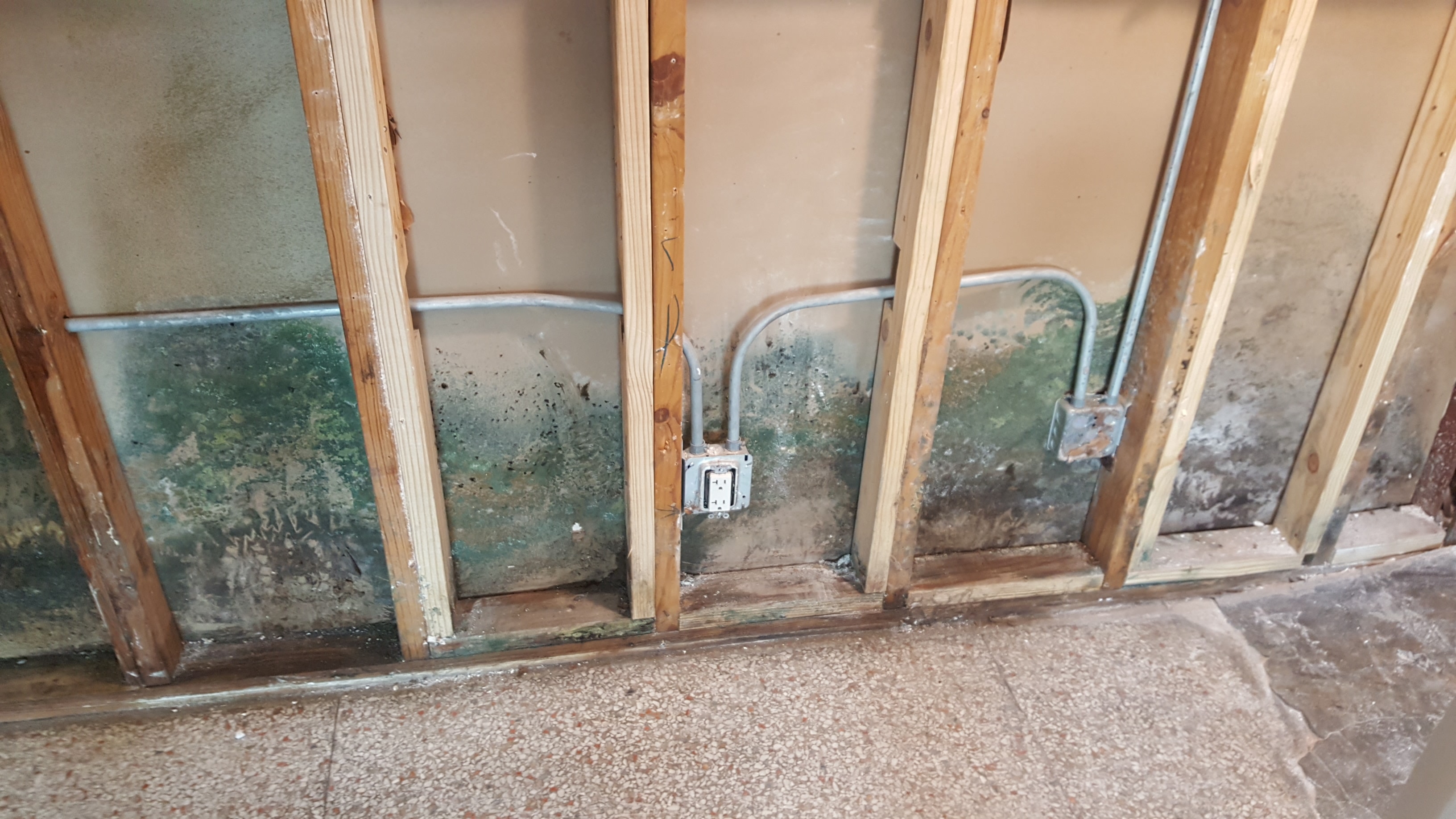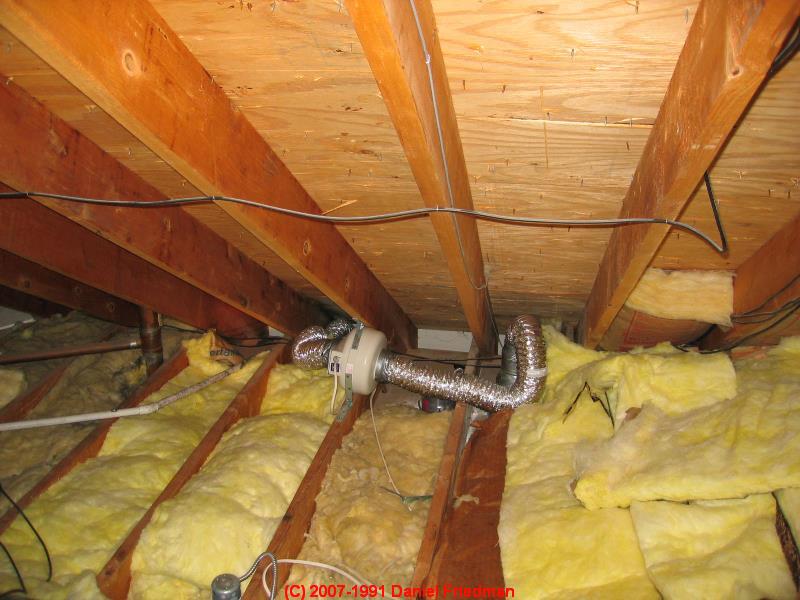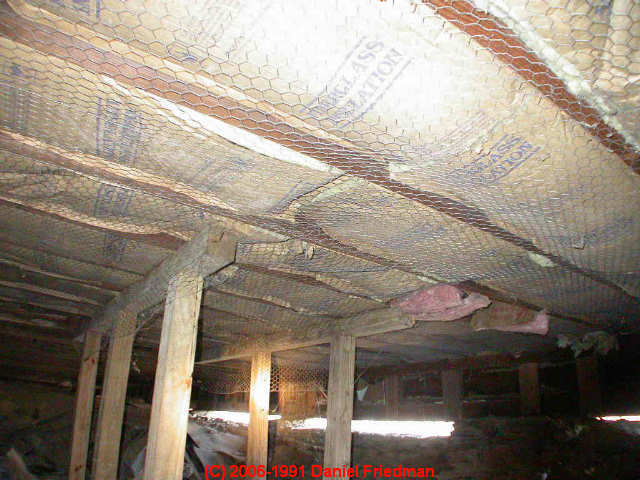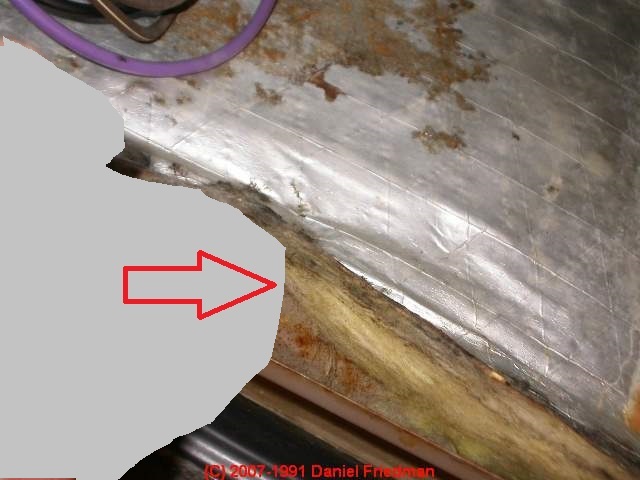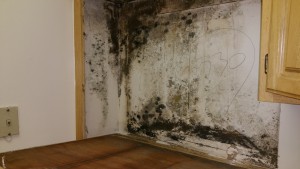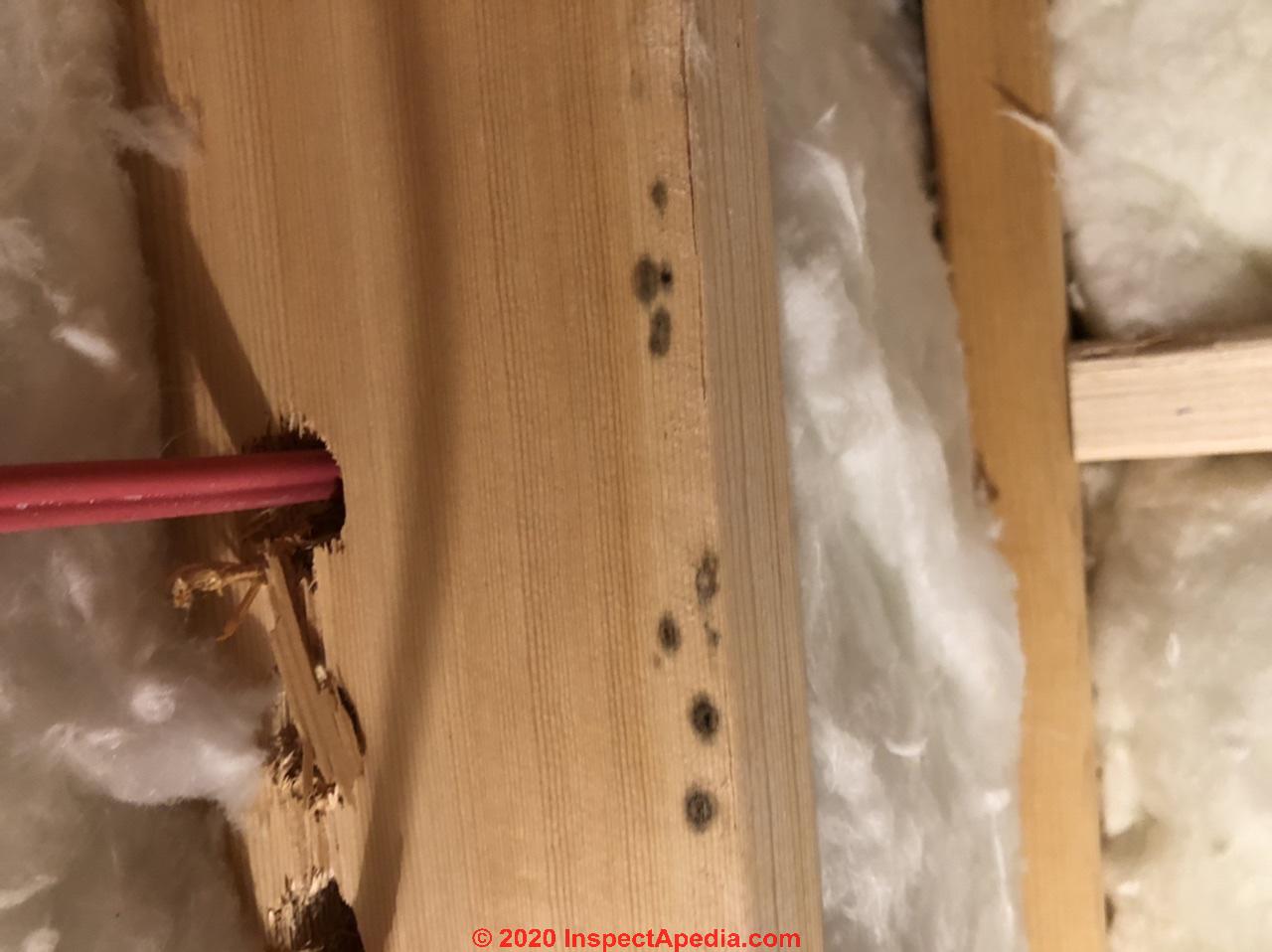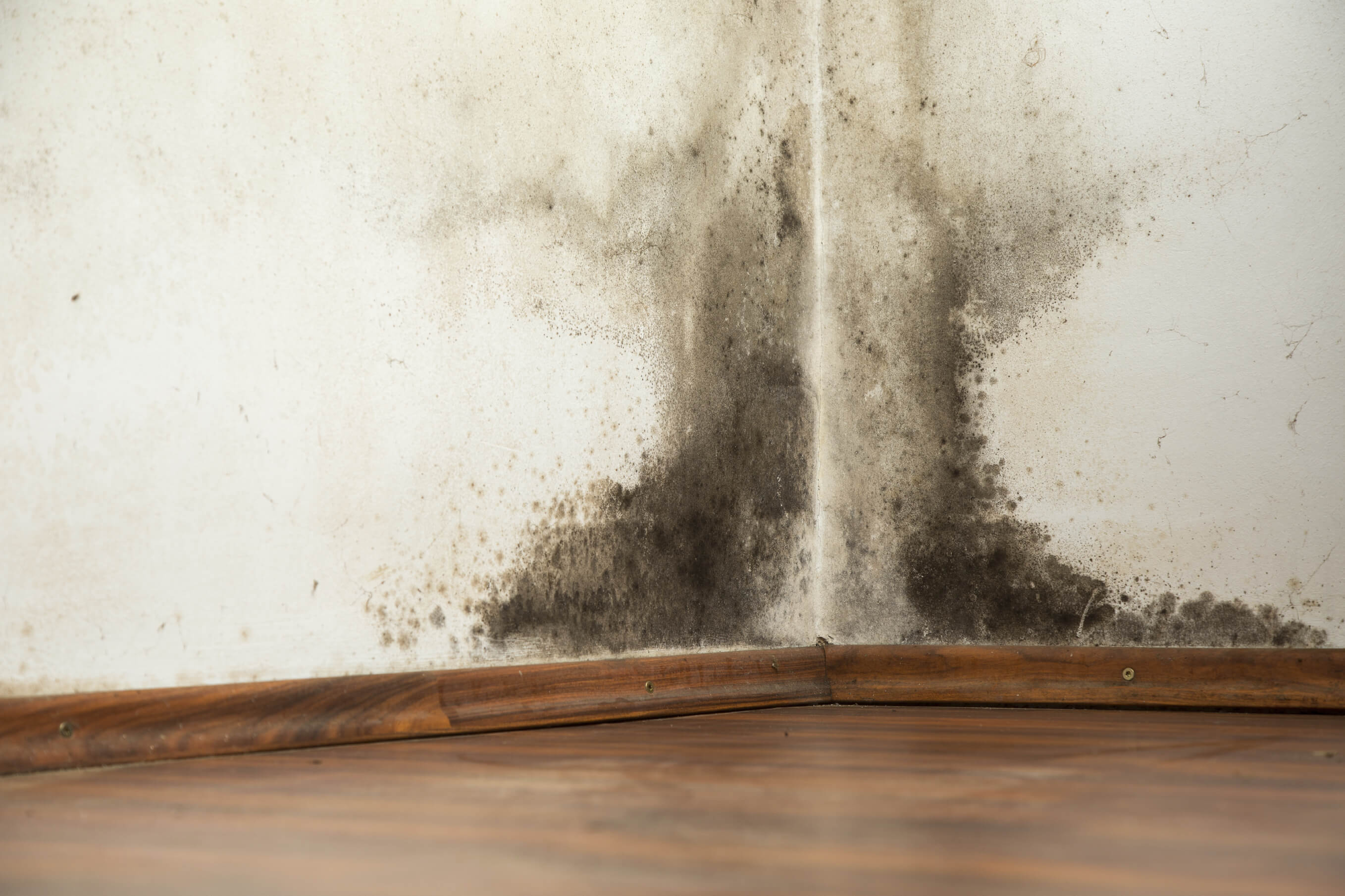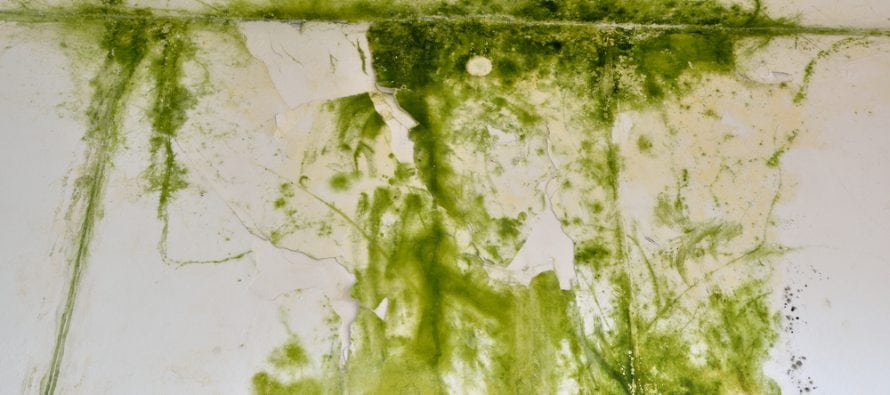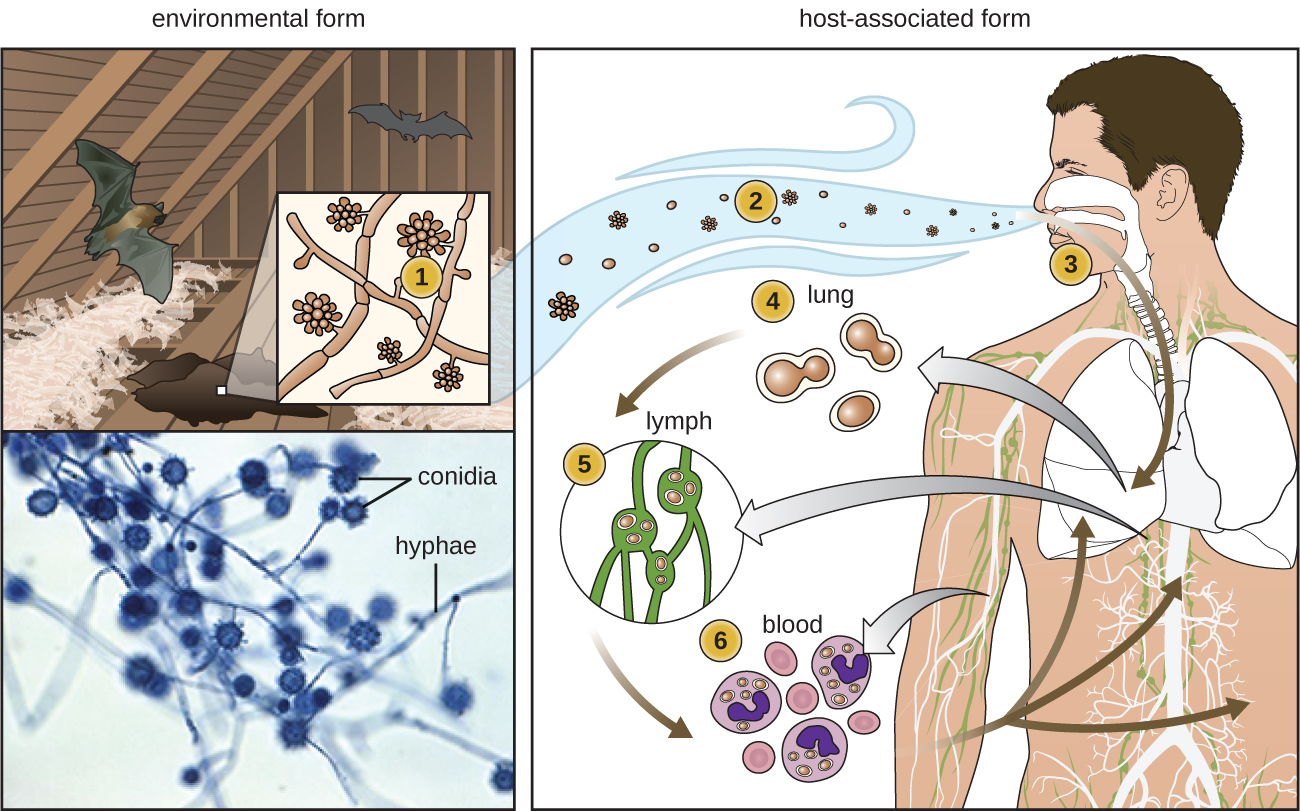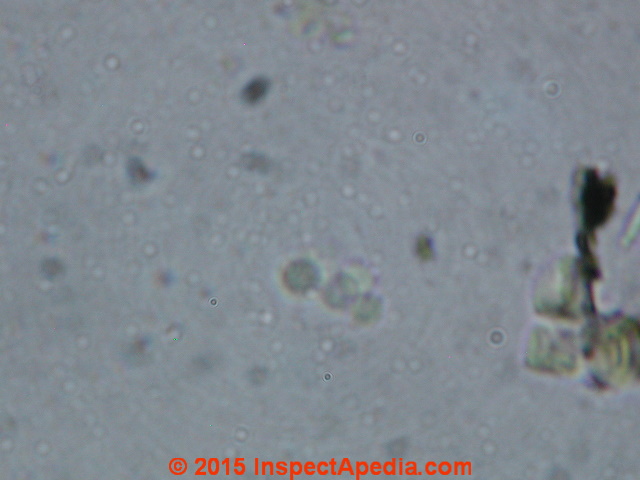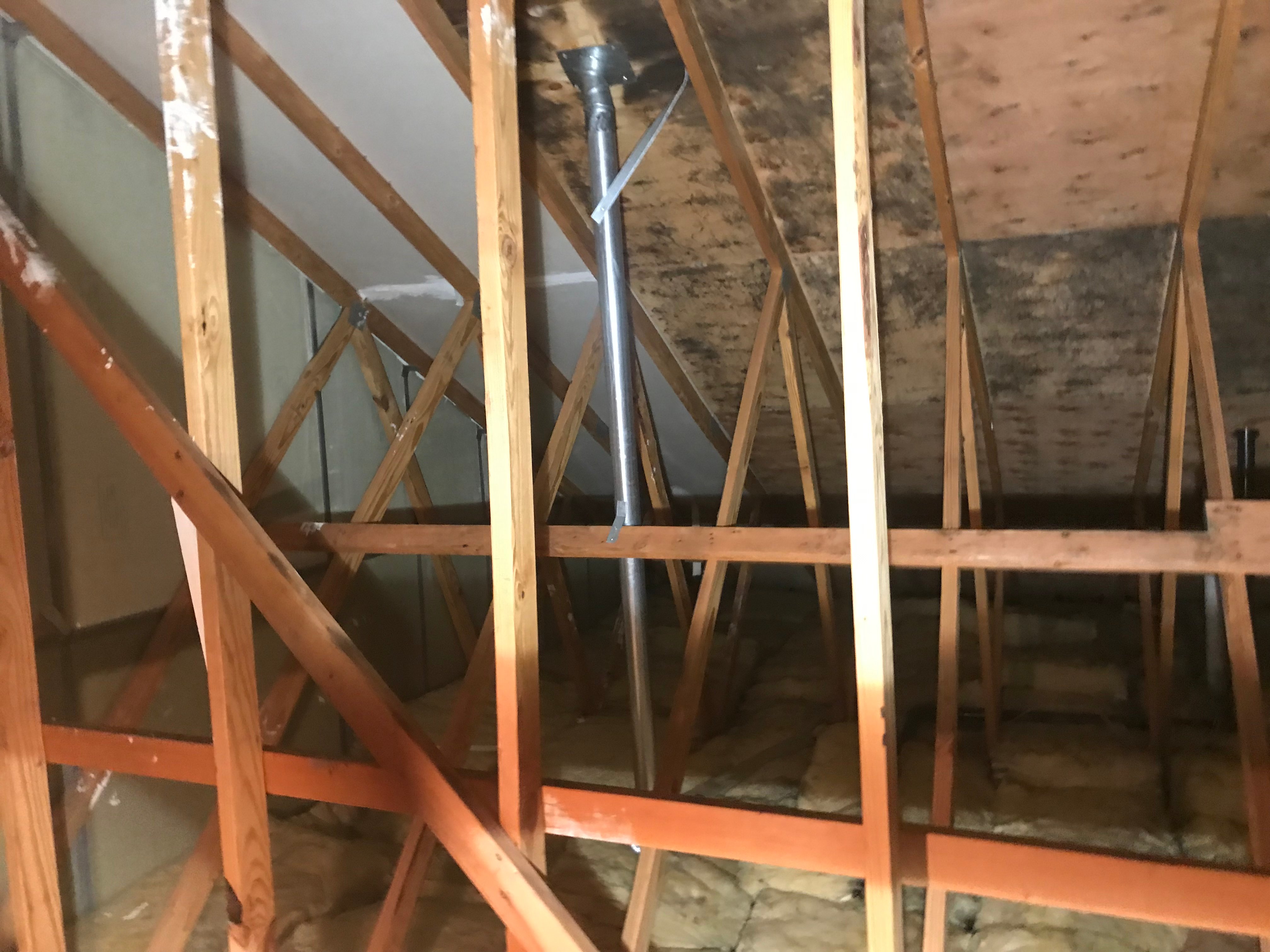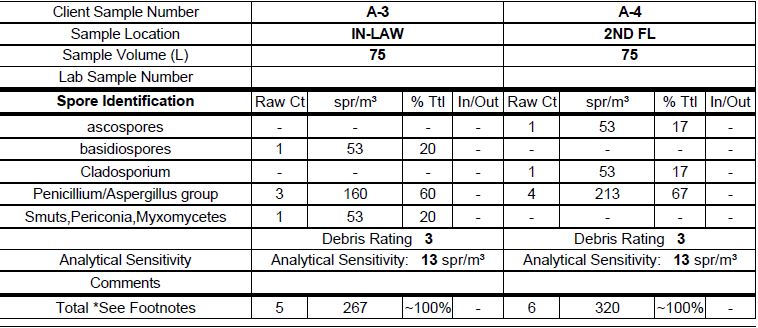We are most concerned about uncommon species of mold like stachybotrys or chaetomium and more common species like penicillium aspergillus at a high.
Penicillium aspergillus in attic.
Aspergillus mold is unavoidable.
Some species such as aspergillus penicillioides are xerophilic which means they grow with only a small amount of moisture.
Everyday exposure to aspergillus is rarely a problem for people with healthy immune systems.
Aspergillus penicillium raw count count m3 of total 5 33 33.
Cladosporium raw count count m3 of total 3 20 20.
Aspergillus is not the toxic black mold stachybotrys talked about in many media pieces.
Incredibly according to the study growth evaluation of fungi penicillium and aspergillus spp on ceiling tiles by john c s.
Outdoors it s found in decaying leaves and compost and on plants trees and grain crops.
Aspergillus conidia at 400x.
0 50 spores these are only trace levels and are not an issue.
Even stachybotrys is not considered an.
Aspergillus is a common mold usually greenish when you can see the growth.
The mycotoxin is commonly found on a mold that grows on foods such as grains rice and corn.
Some species of penicillium mold release mycotoxin a substance that makes many homeowners around the world worried.
Chang even ceiling tiles can support the growth of penicillium if indoor humidity levels are at or above 85 and the moisture content of the tiles is greater than 2 2.
This can happen if an interior attic access is opened or the a c filter is removed from the return before the air sample is performed.
Other species like aspergillus versicolor are more prevalent in environments with high water activity.
Since there are so many different species in this group we can find aspergillus and penicillium in a broad range of habitats.
Inspection it can inadvertently raise the spore counts.
Still aspergillus can be lethal to people with seriously compromised immune systems or where the exposure is so great as to overwhelm an individual s immune system.
Ascospores raw count count m3 of total.
Causes of aspergillus penicillium on walls and on wood.
When mold spores are inhaled immune system cells surround and destroy them.
Just like other molds aspergillus penicillium grows and thrives in damp dark areas.
Penicillium citreonigrum is producing citreoviridin is a mycotoxin penicillium toxicarium and penciillium charlesii.
Aspergillus penicillium raw count count m3 of total 4 27 13 5.
The places in your home that aspergillus penicillium is most likely to grow are the ones commonly exposed to moisture such as your kitchen bathroom and basement.
